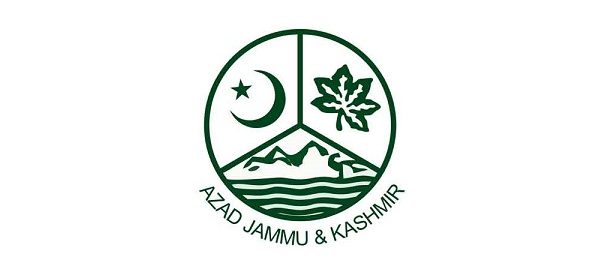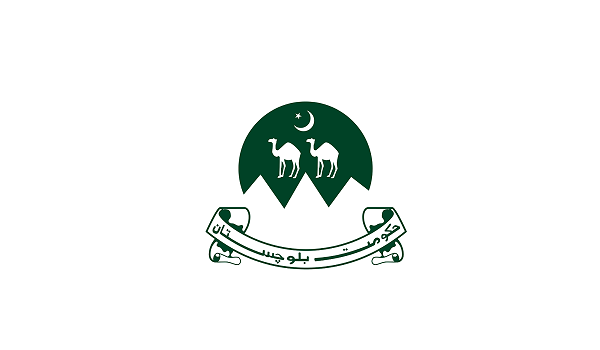Islamabad: The government of Pakistan and the Chinese authorities have made the joint decision to initiate the development of the 700-Megawatt (MW) Azad Pattan hydropower project — which will be built within the framework of the China-Pakistan-Economic-Corridor (CPEC), according to news sources. The publication also revealed that this considerable undertaking is expected to be financed by utilizing Chinese currency (RMB).
Meetings conducted between the two countries in the months of October and November discussed the matter in detail and approved of the decision to include this venture under the purview of CPEC. This inclusion has the benefit of allowing the project an early financial close, as well as the option to take advantage of other facilities available to CPEC schemes, including an expedited construction-timeline and lower costs.
Read: ECNEC approves revisions to Dasu hydropower’s land-acquisition cost
The Azad Pattan hydropower project is a run-of-the-river pondage scheme based on River Jhelum in Azad Jammu and Kashmir (AJ&K). It will be located near Azad Pattan bridge, upstream of the 720 MW Karot hydropower project and downstream of the 640 MW Mahal hydropower project.
This venture is designed to provide an estimated 3.3 billion units of clean, renewable energy upon its completion — which has been estimated to be around 2026. As this project is being developed under the 2002 power policy, this power-plant will be transferred to the government after its term is completed, free of any cost.
Read: Construction of first hydropower project under CPEC begins
It is important to remember that river cascade development enables the maximum and most efficient usage of river water. The river where the 700 MW Azad Pattan hydropower project is being built, includes other power plants as well — each generating different amounts of energy, with 1,124 MW generated in Kohala, 640 MW in Mahl, and 720 MW in Karot . Once the Azad Pattan venture is completed, the total energy production capacity of this region will increase to 3,184 MW, which will account for almost 10% of the country’s total power generation.








